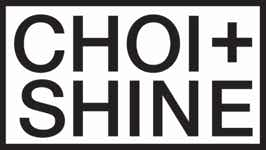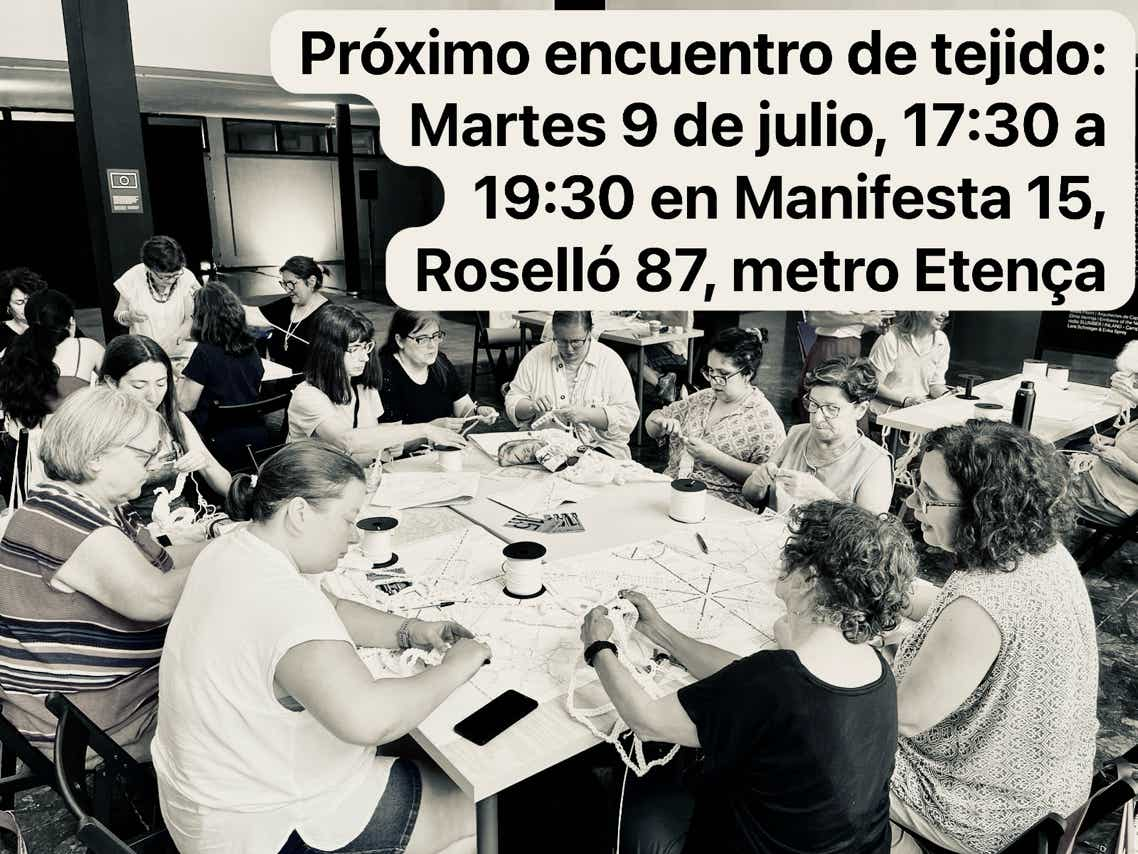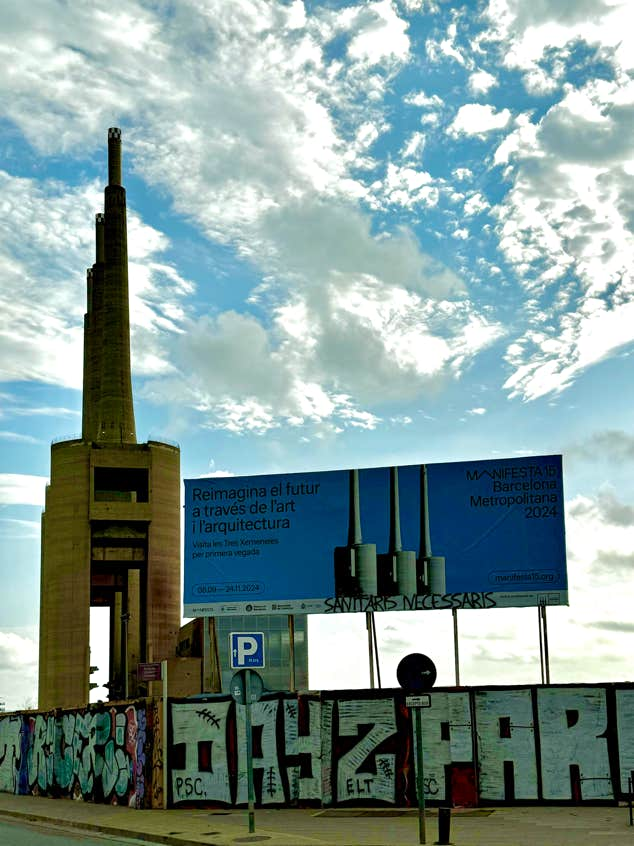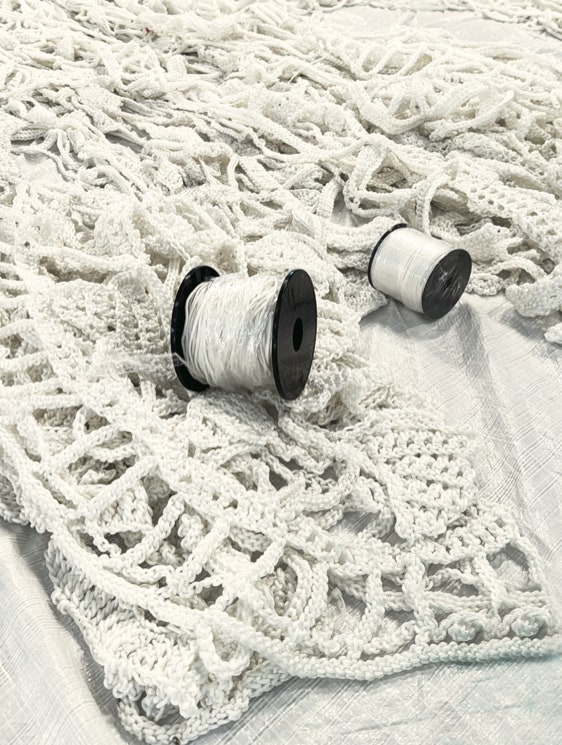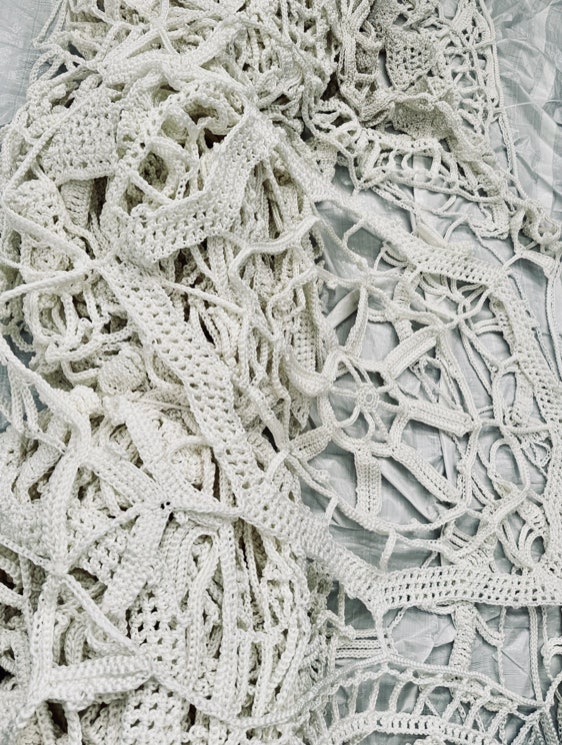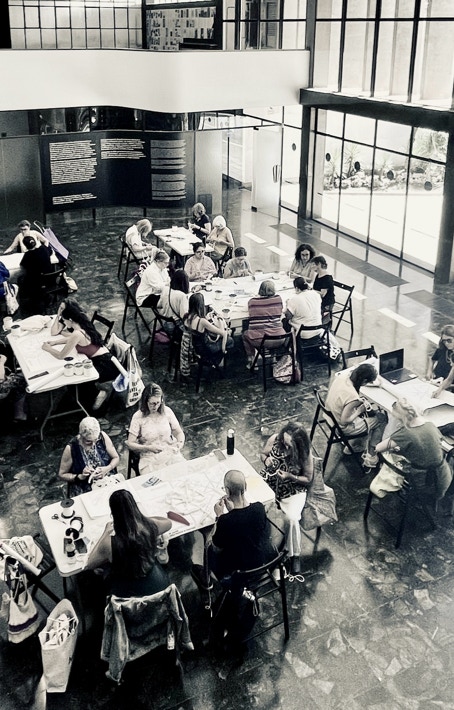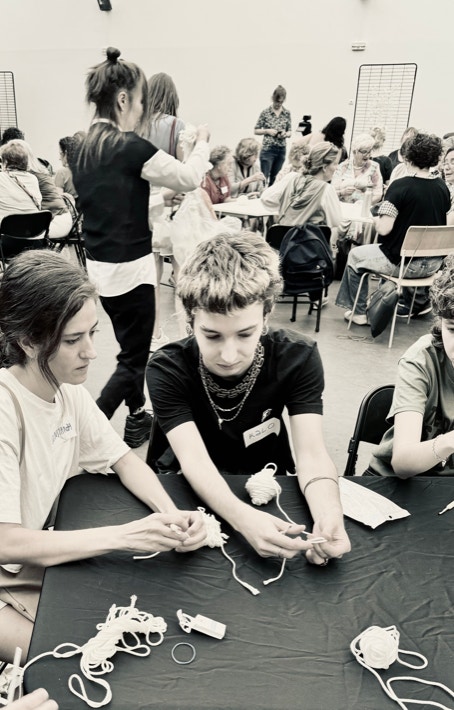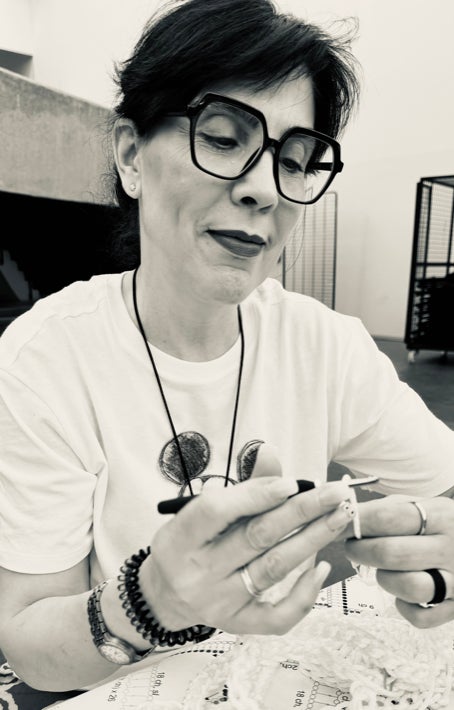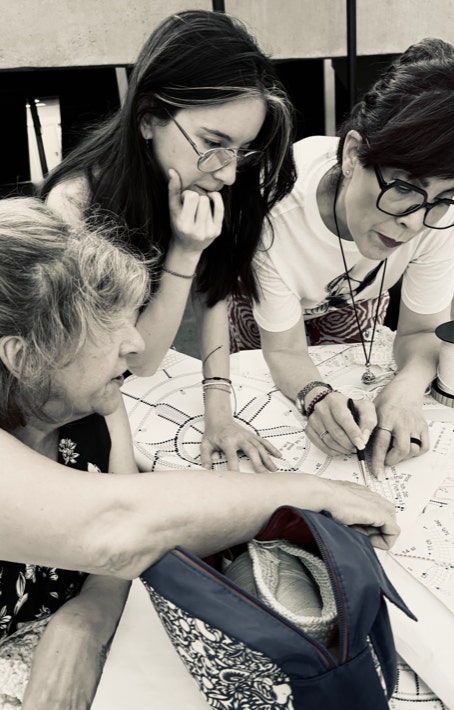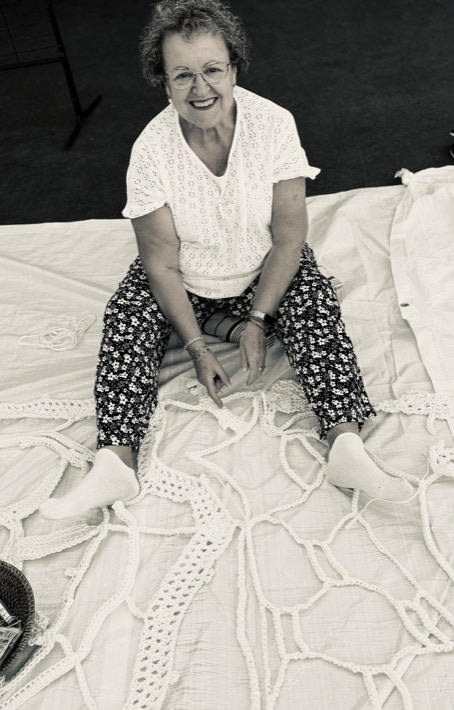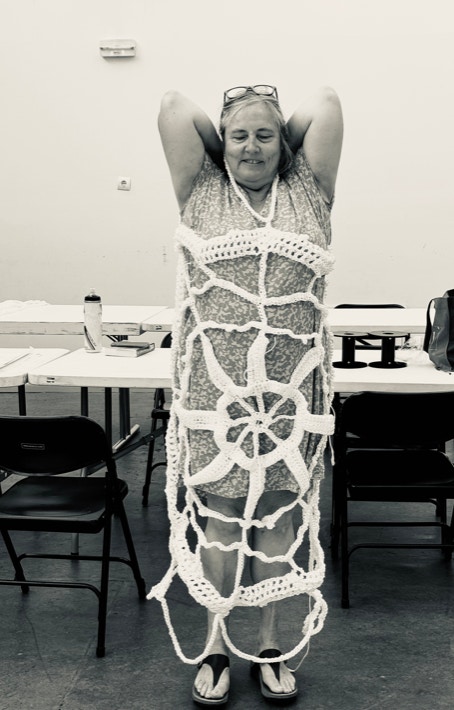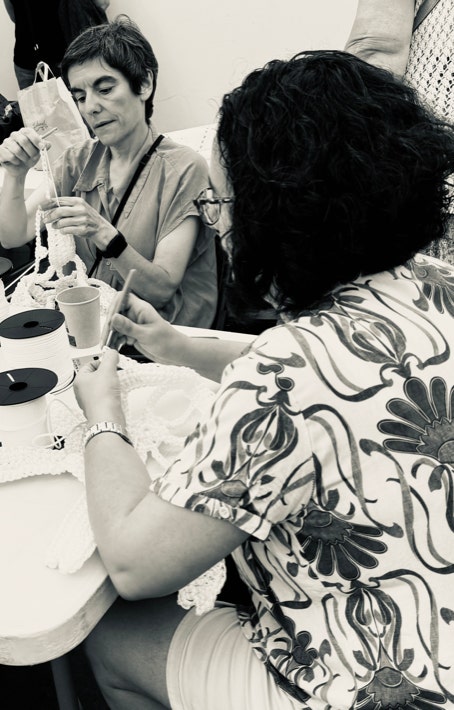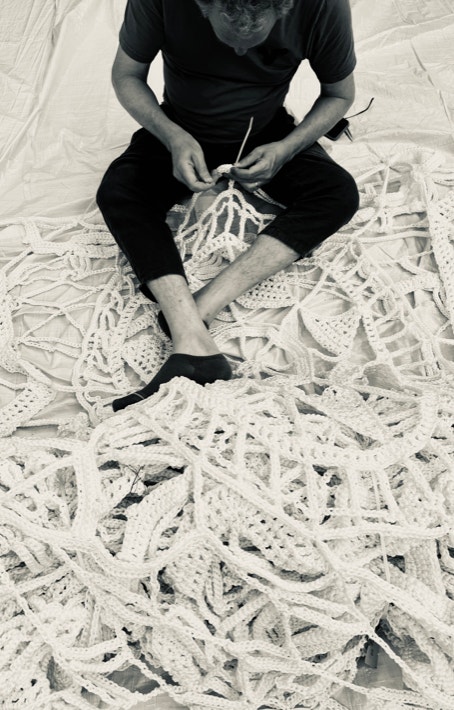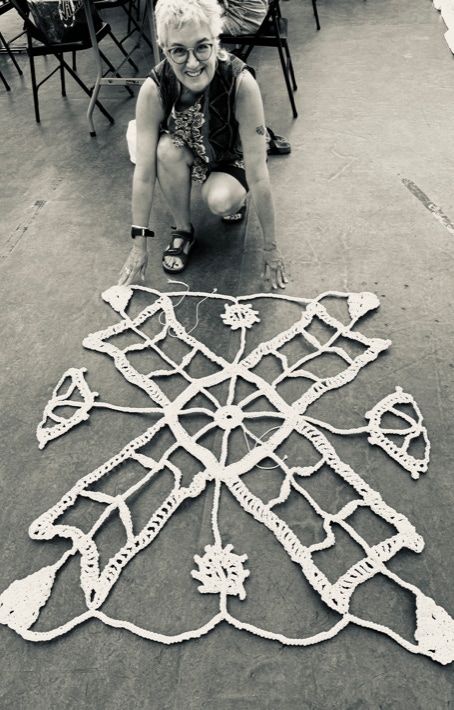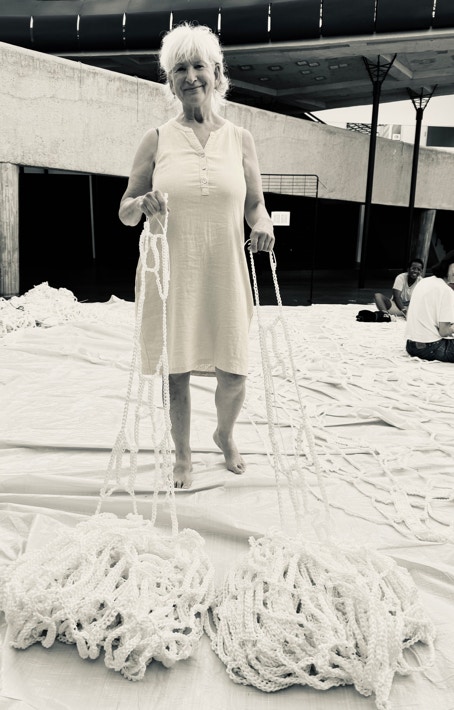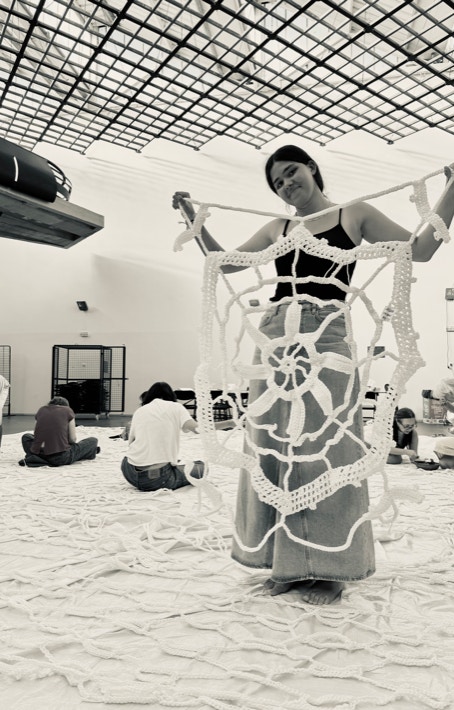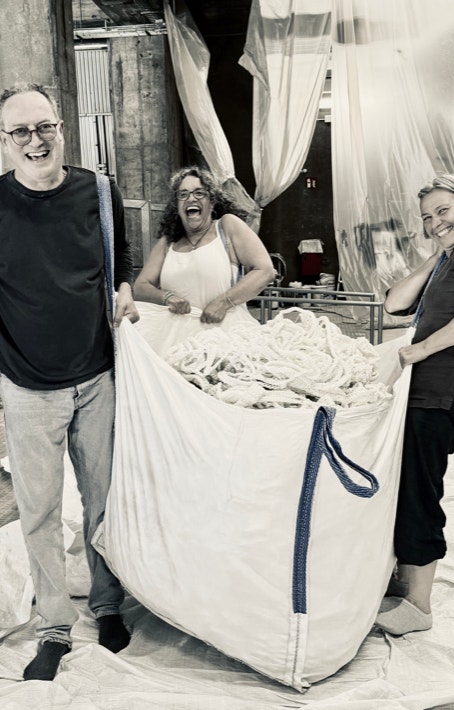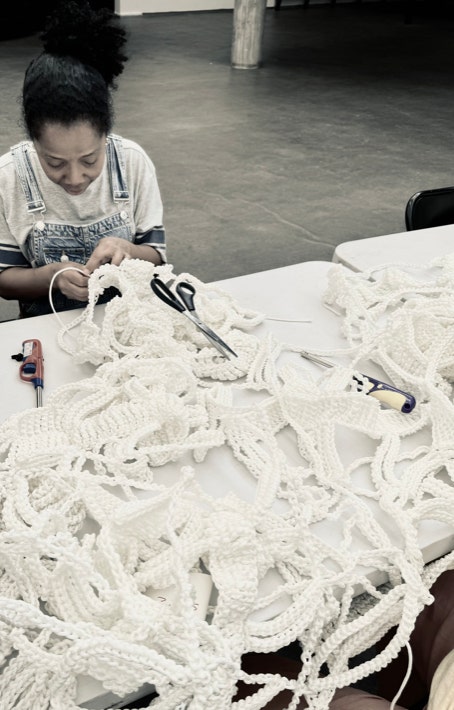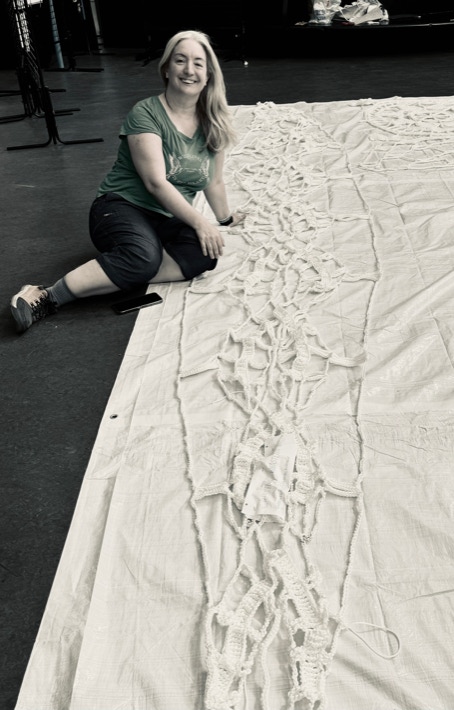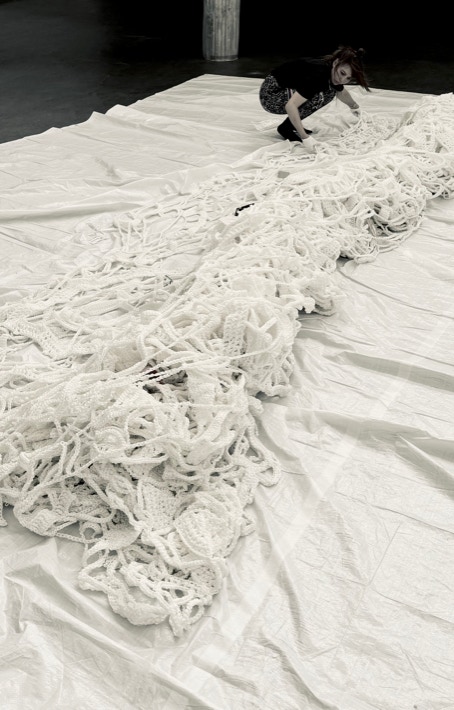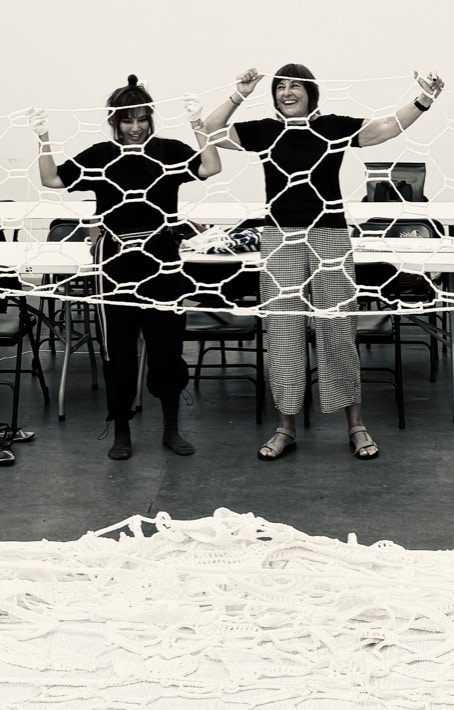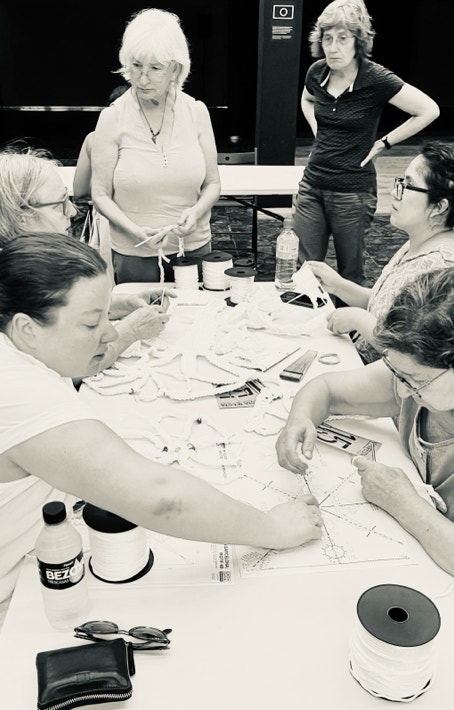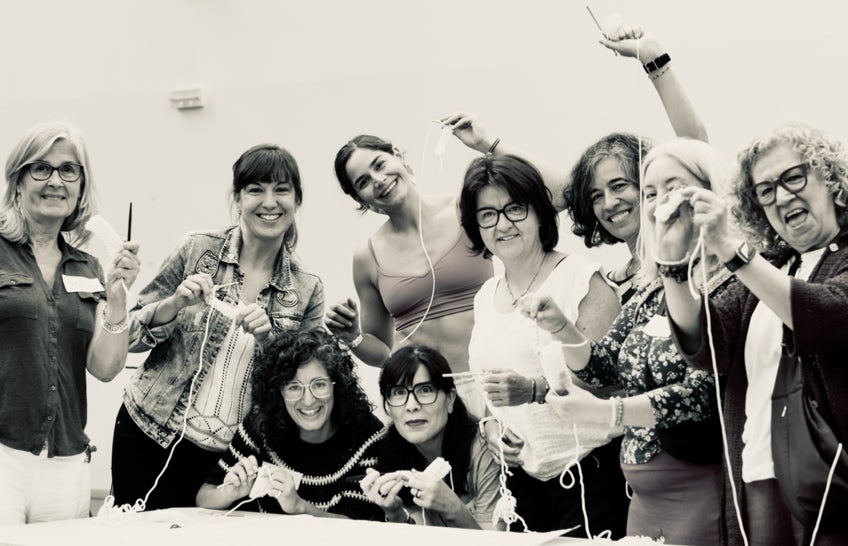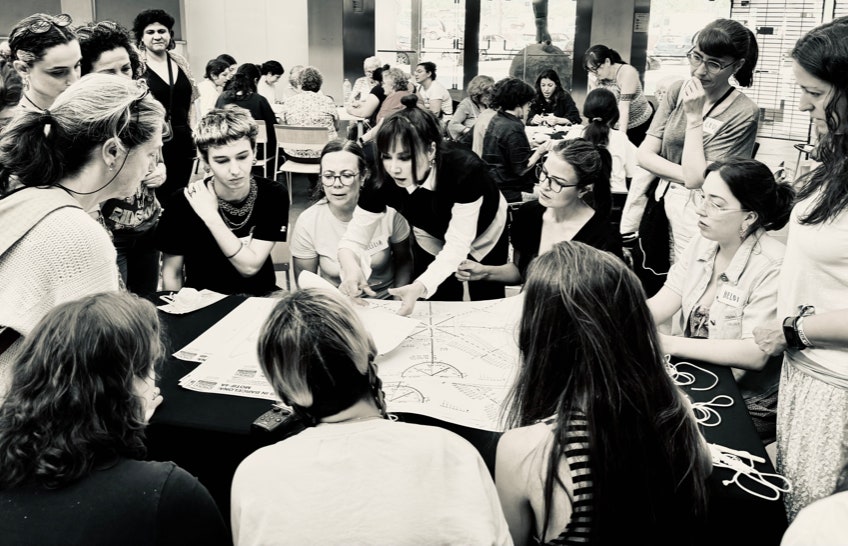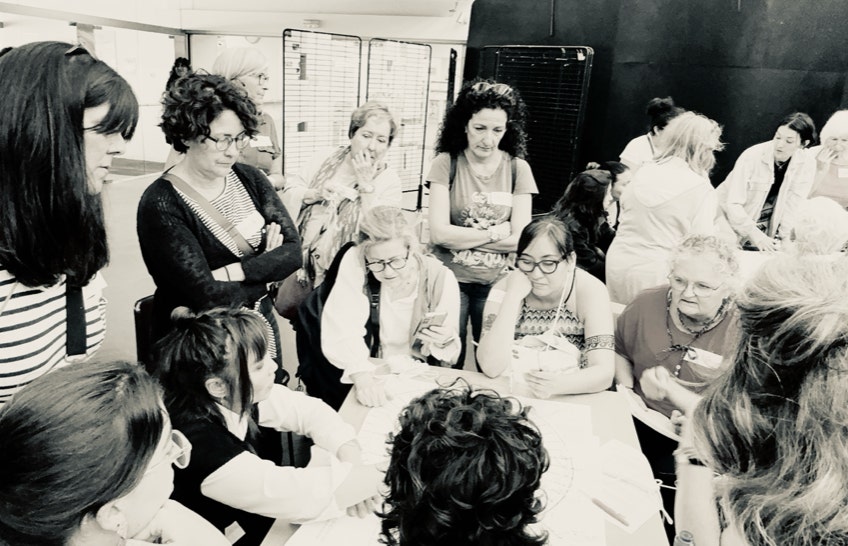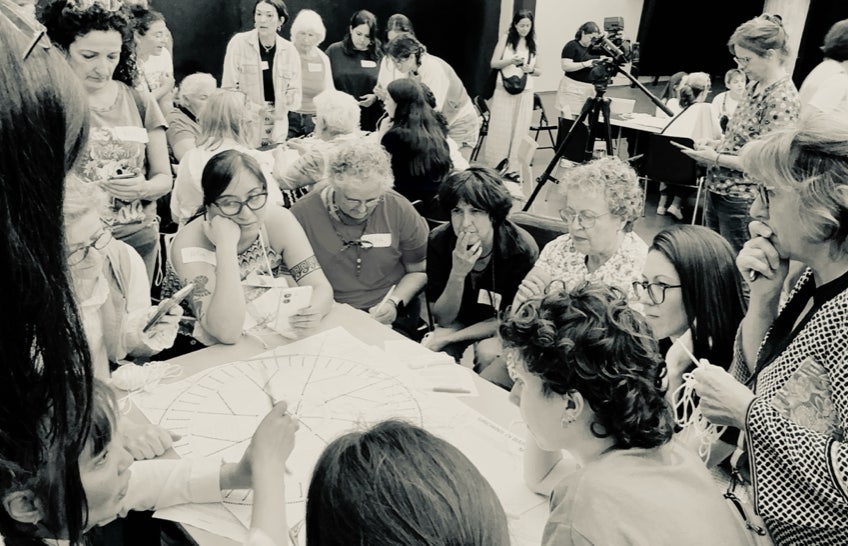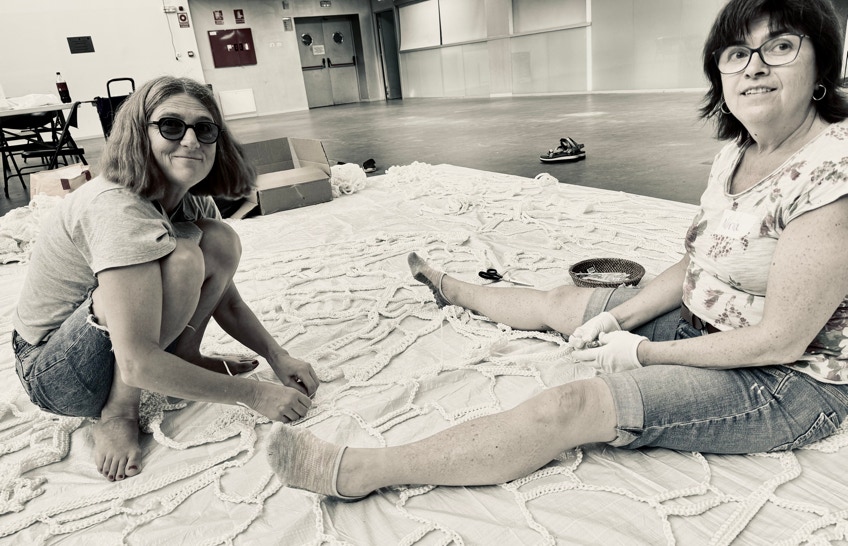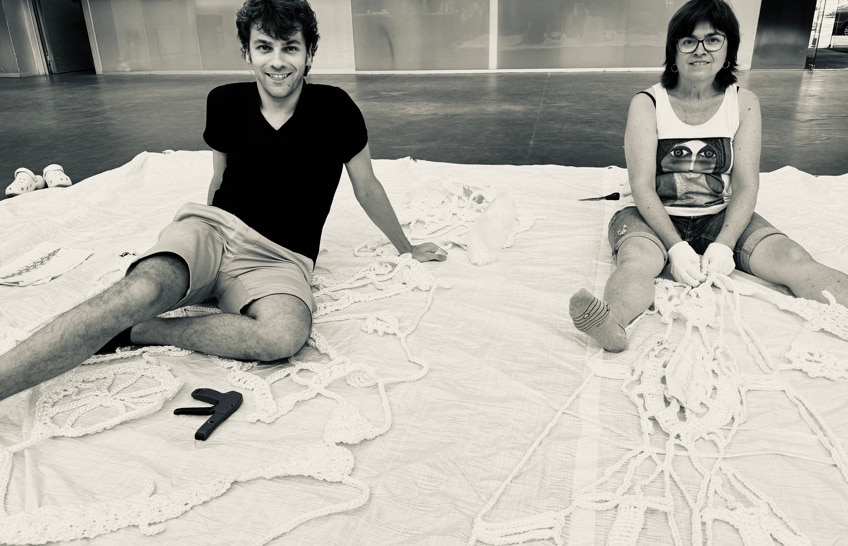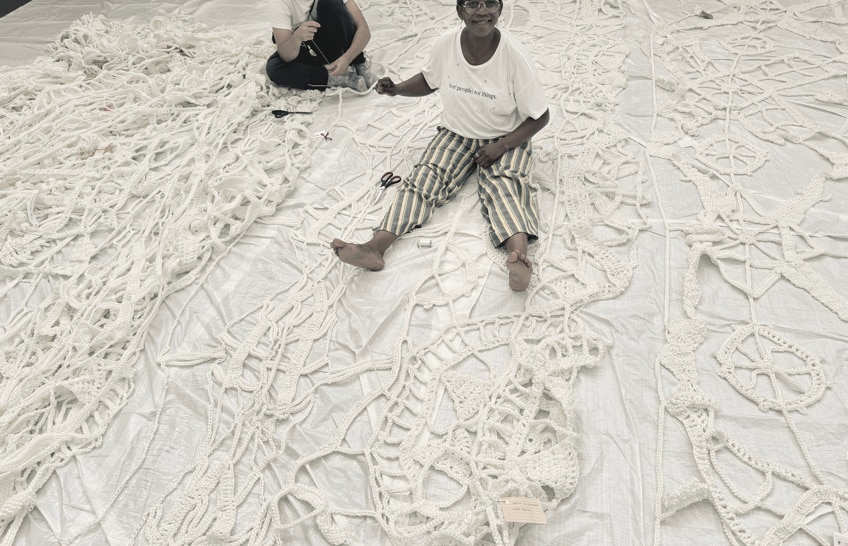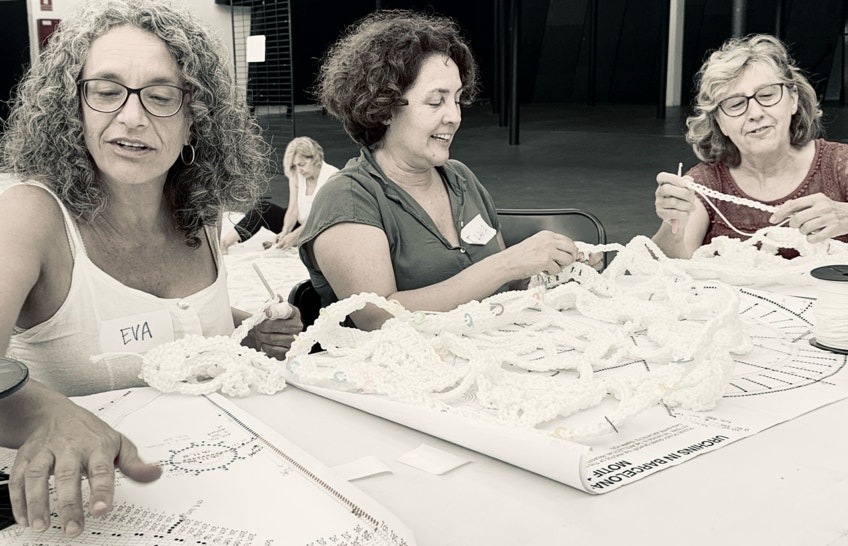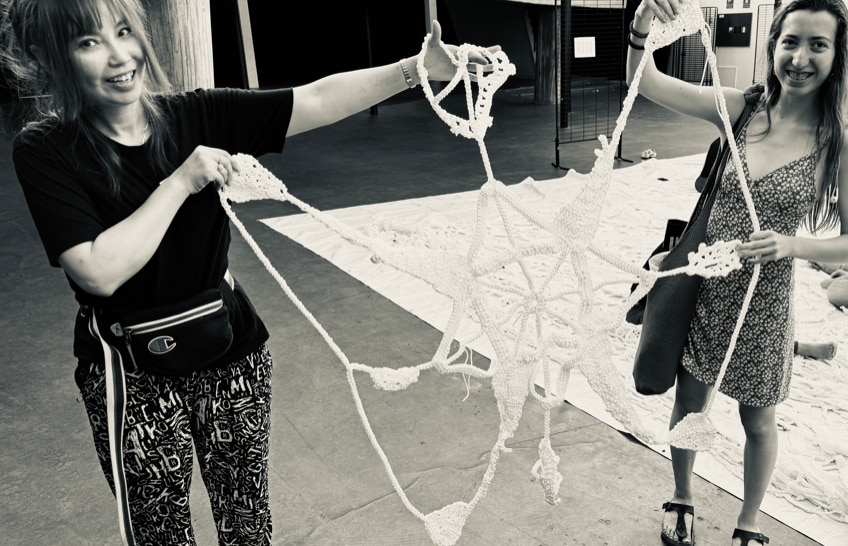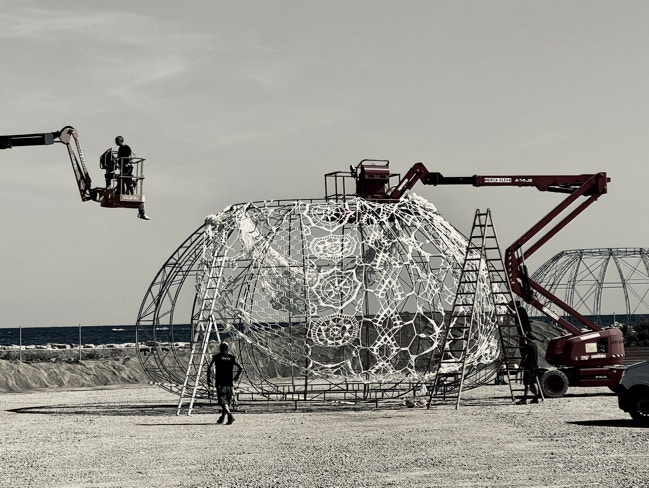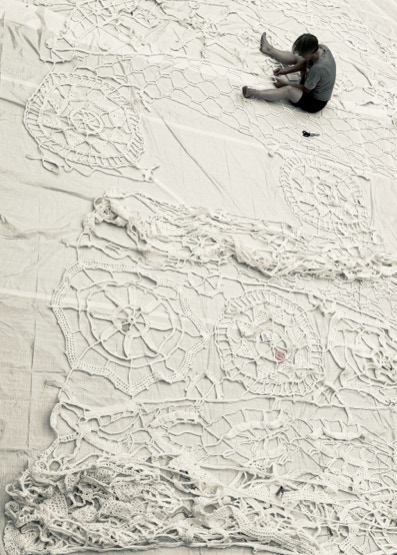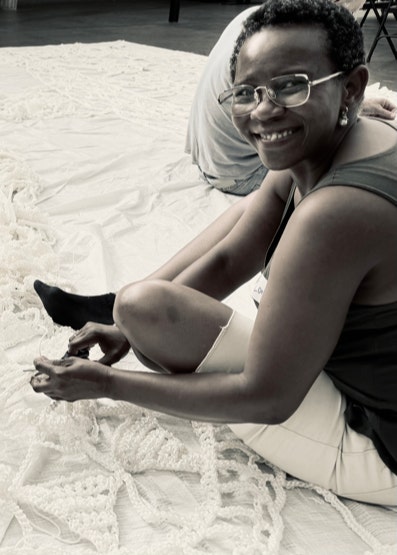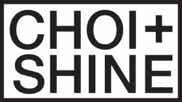
All Images © 2024 Choi+Shine unless otherwise specified
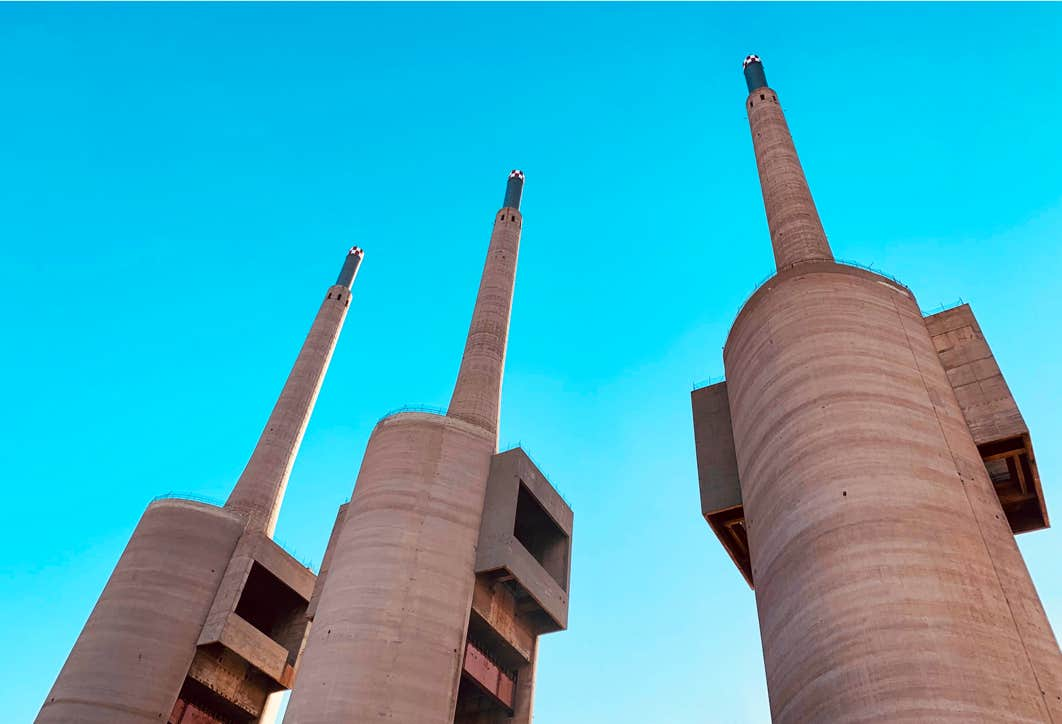
Tres Xemeneies ©2024 Choi+Shine
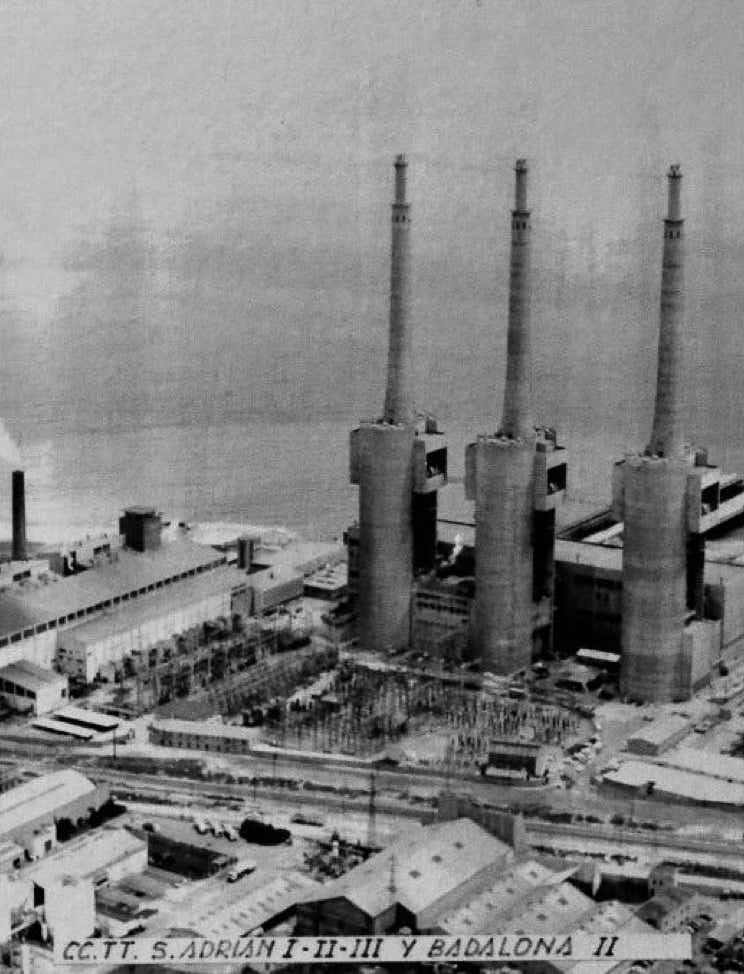
Tres Xemeneies in 1975 from city archive
Workshop announcement by Manifesta 15 Barcelona Metropolitana
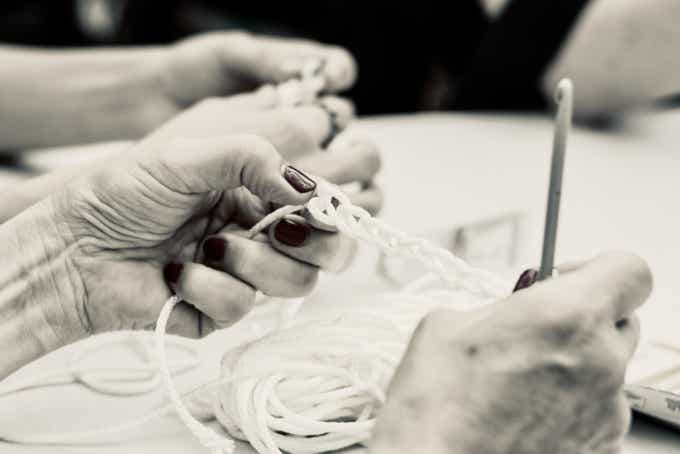
The Museum of the History of Immigration of Catalonia (MHIC) produces and hosts the exhibition Sant Adrià. La fàbrica de la llum.
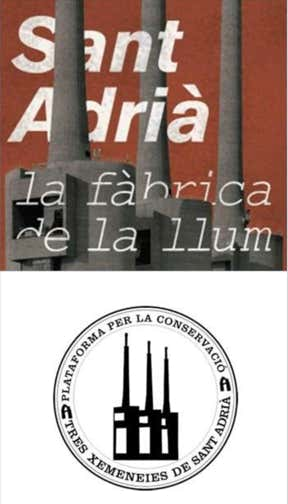
The Urchins - Making
Crochet and Assembly Volunteers
Palmira Ruiz Clavijo
Rafi Rodríguez Arellano
Olga Dominguez Garcia
Flavia Onofre
Marina Bueno Arrufat
Mar Ibern
Ana Fernández
Griselda Andujar
Marta de Caralt
Roser Castillo
Montserrat Martínez Santos
Júlia Sanchez Casals
Eva Anna Ferrando Miguel
Juana Calderón Pimentel
Amada Sumonte
Eulalia Ubach
Marta Blasco
Cecilia Mealla
Annemarike van Egmond
Ivet Herrero
Raquel Zurita
Odet Chavez
Laura Lista Bravo
Aitziber Roldan Mitxelena
Natalia López
Susanne Hergenhahn
Marta Sancosmed
Heike Bersch
Teresa Aparici
Laia Mitjà
Laura Díaz-Benito
Marcela Santa Cruz
Abril alcaide
Leonie Frauenfeld
Isabel Calvo
Macarena Soto Araya
Aleksandra Repina
Beatriz Rodriguez Romero
Halimeh Habib Diñeiro
Olimpia de la Rosa
María Fernanda Jaikel
María Jesús Calderón
Montse Estruch Casagolda
Sònia Torner
Rosa Angela Galindo Zarco
Núria Parera Junyent
Montserrat Gil Estaban
Mariana Ahumada
Gemma Vidal Martínez
Maria Felip Segu
Jin Choi
Consol Cuadra
Nuria Gambau
Candela Faure Rodriguez
Esther Beneitez
Celia Torres
Ona Gil Trallero
Lorena Macías
Halle Gerboc
Martina Otero Jeandrevin
Malvina Tessitore
Marta Cuervo López
Fernanda Zanuzzi
Ana Julia Hernandez Bravo
Marta Cuervo López
Danae Vara
Arlet Malowney
Montse Amargós
Angelita Hernández
Lidia Arboix
Constanza González Torm
Nieves(Neus) Ilzarbe Díaz
Luisa Santiago
Lisa Kukushkina
Cristina Barastegui Bagetnenalanasdiy
Sara Alcon
Susana Planas
Paola Hernández
Montserrat Ferrús
Silvia san agustin morralla
Eva Molina
Mertxi Sans
Luciana leveratto
Lisa Fuksma
María Camila Pabon
Esteve Cruanyes
Luis Jimenez
Nina Borghi Recoder
Annamarie Giacomelli
Odet Chavez
Esther Paris Olmedo
Mariana Ahumada
Tere Santiago
Marcela Santa Cruz
Núria Parera Junyent
Margarita Andrade
Josep Aparici
Maribel Perpiña de Lama
Julia Sirés Campos
Margarita Cobos
Soco Varea Gonzalez
Devi Estrada
Patricia Recoder Amaral
Lola Rodríguez Sánchez
María Alfonsina Margherit
Rosanna Mollica
Annamaria Giacomelli
Pietra Morales Bernardis
ROT ROJO
Marisa Garnelo
Andrea acosta
Lisa Mur
Jorgina Martínez Serra
Lana Mayra
Sara Espinosa
Bruna Scopel
Anna Zuñiga Ruiz
Meritxell Vilalta
Teresa Canal García
Elizaveta Kukushkina
Iona Chinwendu Ekechukwu
Silvina Acosta Cabrera
Teresa Santiago
Corali Szielasko
Claudia Ordonez
Montserrat Tresanchez Gonzalez
Josep Mayos Cantos
Georgina Surià Gúdel
Filipa Oliveira
Bernat Bastardas
João Jóia Paulo
Mercedes De Jesus
Thomas Shine
Yohan Creemers
Juan carlos gonyalons
This project aims to embrace, honour and strengthen the Tres Xemeneies (Three Chimneys)* as the monuments* of the Industrial past of Catalonia and Barcelona - in particular, the textile and lace making industry in the area, fishing industries, the history of the struggle in labor conditions and women’s demonstration against pollution - while re-establishing the relationship with the sea and reclaiming the land for the future generation.
*Tres Xemeneies have a long, complicated past that led to them being abandoned and almost torn down. Locals objected to the station’s construction, disliking its appearance as much as the environmental implications. When workers building the station in 1973 went on strike in a bid for better working conditions, the police responded with lethal force, killing one of the workers. Decades later, the company managing the site would go to court over accusations of black rain and pollution. The plant shut down in 2011, and the company that owned it wanted to tear it down and get rid of the structure that had caused so many issues. But oddly enough, the locals had grown attached to it. A local coalition even formed in a bid to save the towers as a monument to the workers who built it. The company gave the property to the local government in 2015 after years of lawsuits and tension. Now, these chimneys are a monument to the people who built them; a symbol of something unwanted but summarily accepted and treasured for its complicated past....Looking up at these imposing feats of engineering, it’s no wonder why locals refer to them as “la Sagrada Familia de los obreros,” or “the Sagrada Familia of the workmen.” (Atlas Obscura)
*as symbol of the city's industrial past; as a symbol of the worker origin of the great majority of its population, and of its emigrant origin; as a symbol of conflict, of labor struggles and the anti-Franco struggle; as a symbol of the neighborhood mobilizations that fought against the pollution of the plant; as a symbol of the first local referendum - the one in 2008, which was favorable to the conservation of the Three Chimneys - called by a town council in Spain. Les Tres Xemeneies is the symbol and the best monument of tribute to the worker on strike who was shot dead by the police in 1973, Manuel Fernández Márquez (the most serious event of the Francoist repression in Sant Adrià de Besòs). And it is also a tribute to those women who demonstrated in the sixties against pollution, against that black dust that soiled their clothes....we find that in the metropolitan area the Three Chimneys, as an energy symbol of the second industrial revolution, dialogue with the Foster Tower, symbol of the third. The strong presence of the Three Chimneys in the Barcelona landscape has given it epithets such as the Candlesticks of the Besòs, the Sagrada Família de l'Electricitat, the Cathedral of the Besòs or the Sagrada Família (or the Cathedral) of the poor. (20240111_3X_ history_provided by Manifesta 15)
Manifesta Biennial
Barcelona, Spain
Sant Adriá de Besòs
September-November 2024
Design
Jin Choi and Thomas Shine
Structural Design
Thomas Shine
Frame fabrication
Anton Der Kinderen
Thomas Shine
Edward Shine
Marcel Górlikowski
Noah Tanis
Installation
Marc Sala Audet
Manifesta staff and Volunteers
Special thanks to:
Hedwig Fijen
Filipa Oliveira
Tatiana Tarragó
Núria Marquès
Georgina Surià Gúdel
Maria Elisa
Bernat Bastardas

Original proposal for the Urchins ©2024 Choi+Shine
The work consists of large scale lace Urchins, placed at the iconic Tres Xemeneies. The creatures of the sea meet the polluted site of a disused thermal power plant and re-imagine sustainable co-habitation for the future.
Generally, lace is used as a symbol for a special celebration, milestones of life. Lace Urchins celebrates the rebirth of the industrial heritage and the inauguration of the abandoned industrial site as a civic space.
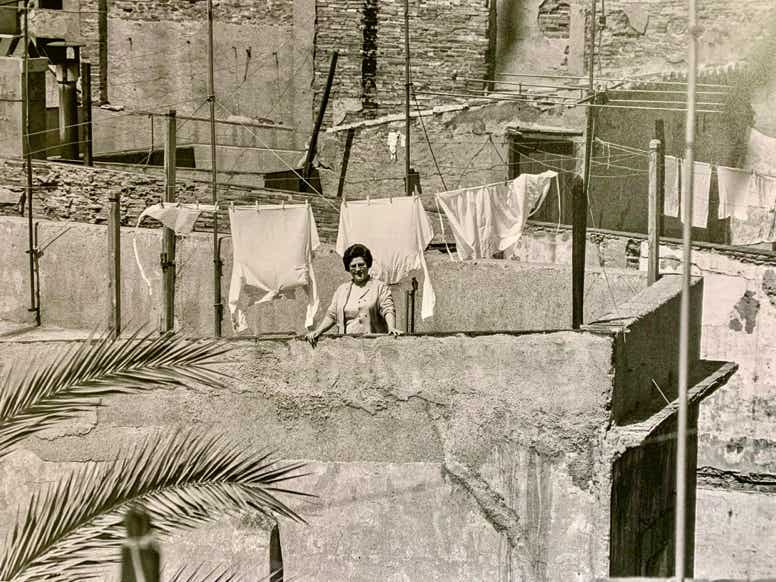
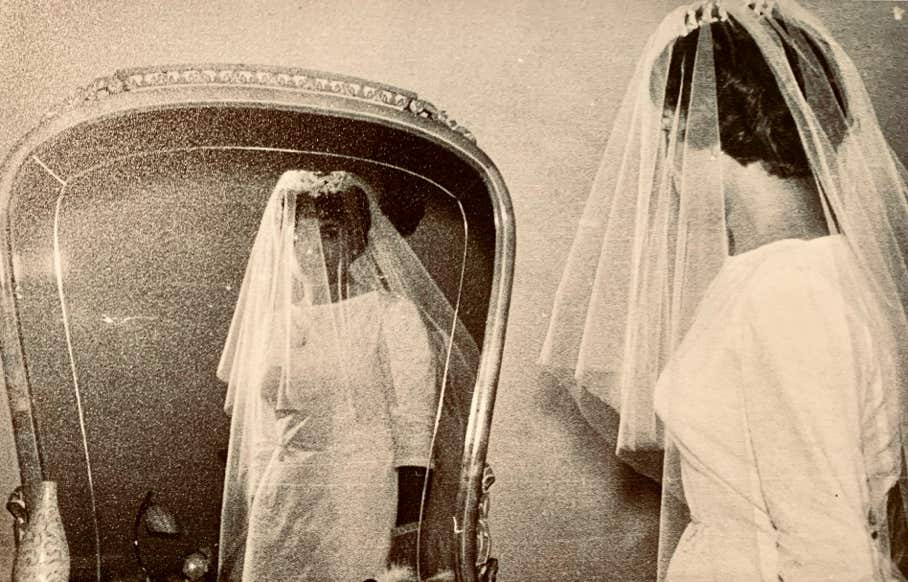
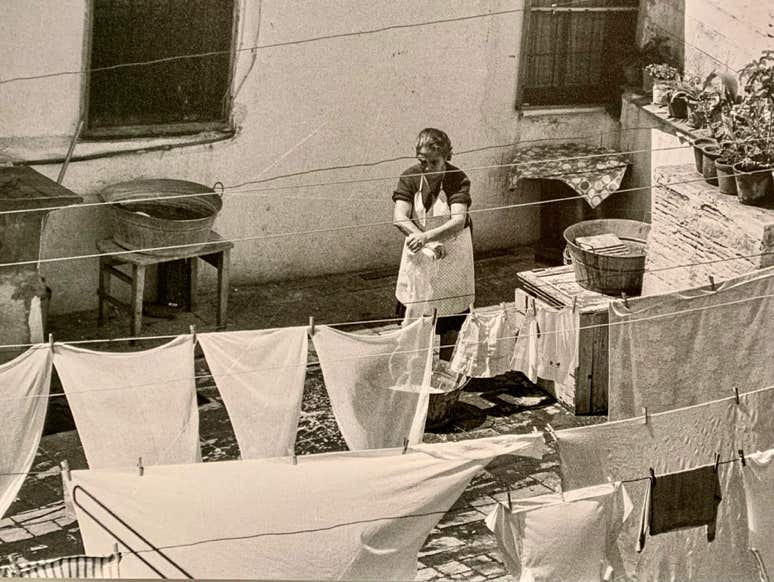
Photos from Lace Collection at the Museu Marès de la Punta located in Arenys de Mar, 40km from Barcelona.
Echinoidea rom Ernst Haeckel's Kunstformen der Natur (Art forms of Nature) of 1904
Lace Collection at the Museu Marès de la Punta.
Photos from MUHBA Bon Pastor,
The museum of housing in Barcelona
The translucency and intricacy of the lace often provokes femininity and lends a false sense of vulnerability and fragility. The lace has indeed been traditionally created by female artisans who endured long hours of arduous labor and meticulous attention to detail it required; lace manifests the patience, resilience and tenacity of the maker.

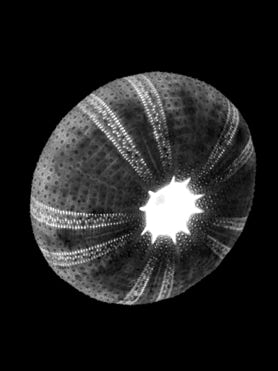
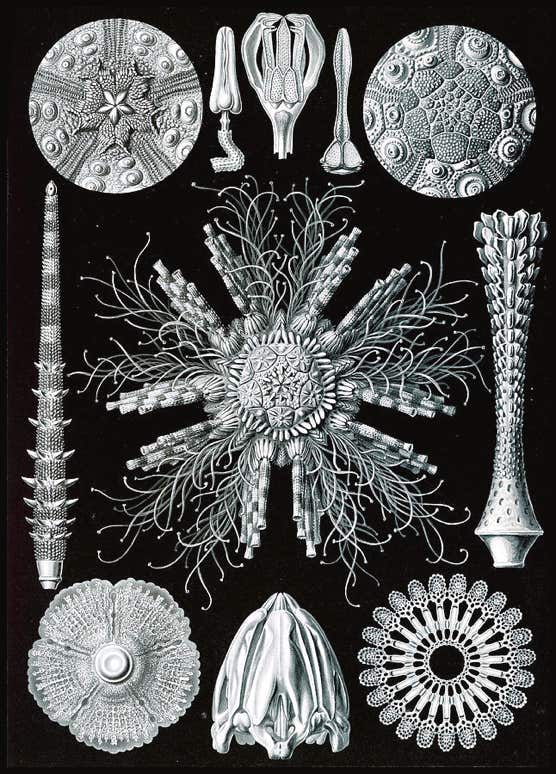
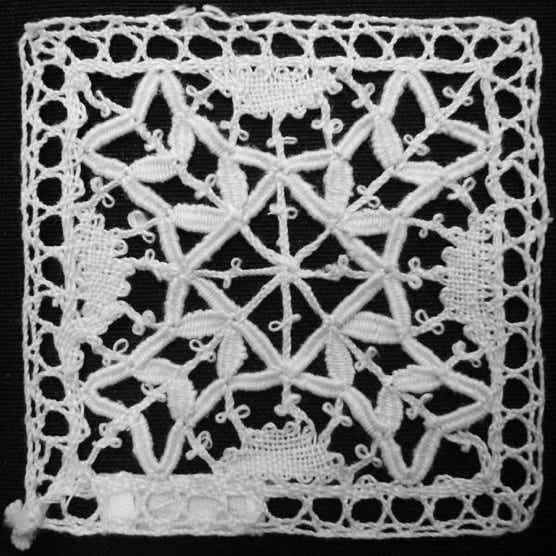
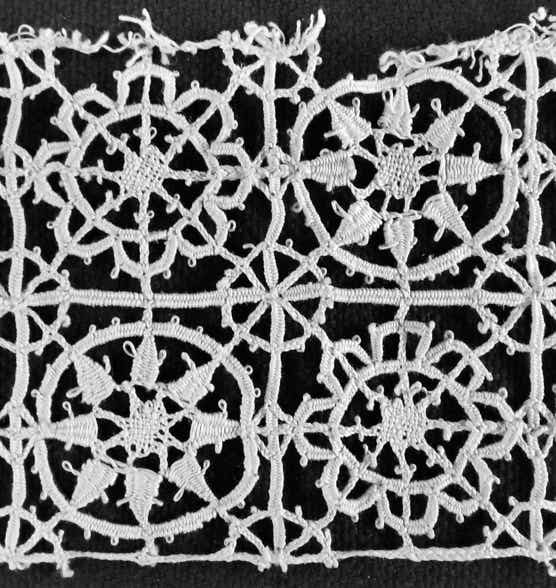
Sea urchin shells, enclosed yet light weight are delicate and open. Their textured and permeable surface interacting with light creates openness, while the pattern’s mathematical repetition brings visual rhythm and harmony. Against light, the sea urchin natural form reveals one of the most spectacular patterns found in nature.
The project mimics this orderly, repetitive pattern and soft forms, achieving a visual harmony from the contrast between nature and the man-made environment, and between the masculine Brutalist concrete plant and the hovering feminine object.
The lace symbolically weaves different people and cultures. Traditionally, lace revealed the divided class society; it was created by poor artisans and enjoyed by the rich clienteles for their excess. This project aspires to bring everyone together regardless of their origin, age, socio-economical and political status; all contributes to the making, sharing the ownership of the project.
The patterns learned from ‘Point of Catalonia’ and ‘Punta de Barcelona’ are incorporated into the lace, creating a repetitive mathematical geometry which provokes one’s search for the recognisable and leads to the meditative journey.

The lace for this project was handmade with local volunteers, which makes the process of making art as important and meaningful as its final outcome. Through Manifesta 15’s network and its educational department’s outlet, over 130 volunteers gathered to contribute. The project reached out to Barcelona’s marginalized residents, immigrants with different origins, low income families, elderly citizens and under-represented female population to make lace together. Once the lace was complete, the individual pieces were assembled at La Mina, one of the most under-privileged neighboorhoods in Barcelona.
Making of lace sharpens their minds while making new neighbors. Handmade lace elevates the old craft into the art while connecting everyone involved with the shared vision.
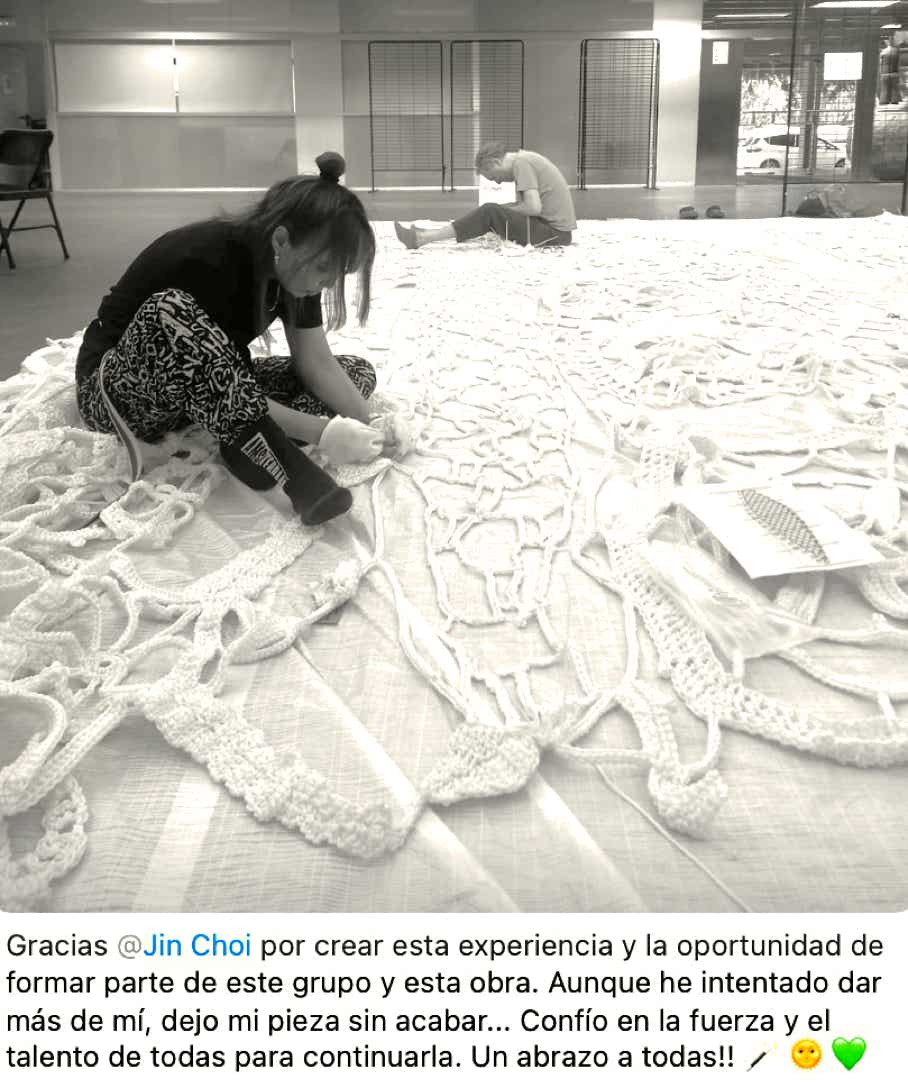
Photos Manifesta 15 & Choi+Shine
The project set the digital platform where everyone could share the questions and answers, progress and encouragements. The platform witnessed incredible creativity and kindness from the community: urgent trouble shooting solutions, careful discussions about the design, and thoughtful tips and help shared among volunteers.

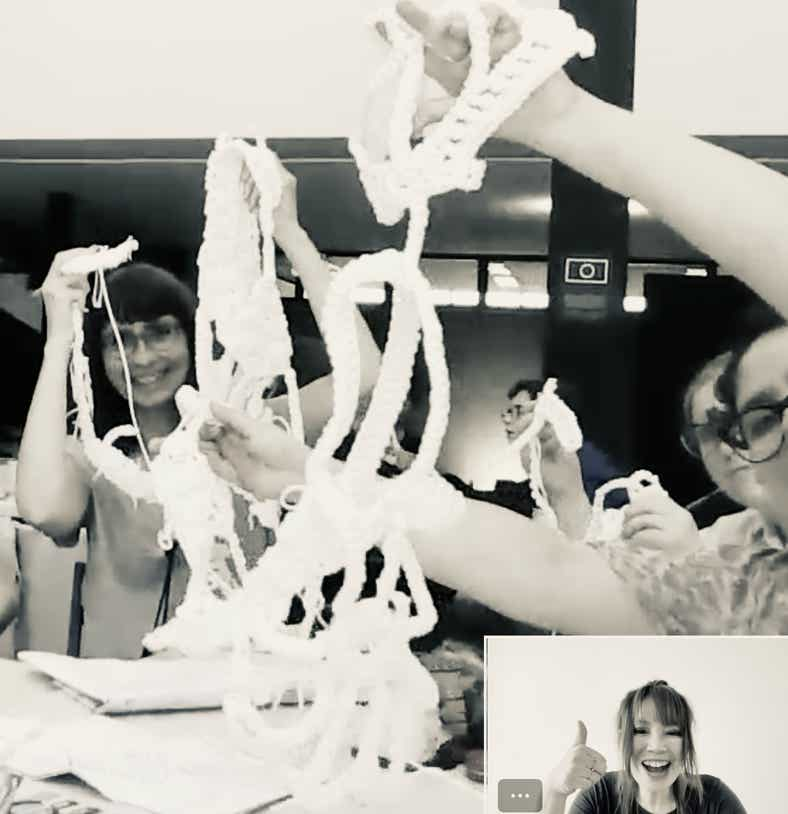
Through the process, the volunteers bonded closely and created a true sense of community, while everyone shared ownership of the work to achieve a single goal: to create a beautiful work together.
Skills learned from generations before connected us with memories from the past and also with the people from the area whom we had never known.
“I am volunteering because with my work,
I can contribute to the beauty of the world.”
- Annamarie Giacomelli
“I am usually a little scared of making mistakes. During this project, I did it, then undid it so many times. After that, I am not afraid to make mistakes anymore.
I am fearless now. This project changed me.”
- Flavia Onofre
“It is about high time that something is done in this area - I live 10 minutes from here. It is my pleasure to be part of this. I never thought with this thread, in this scale, things like this is possible. ”
- Iona Chinwendu
Seeing their own work presented as a part of an important biennial, the historical opening of the Tres Xemeneies as a cultural public space, offered a sense of pride, empowering everyone involved.
As with all of our public artworks, the Urchins in Barcelona were the act of cooperation, with people being a center of creation. It was the art of process, with the final work as a symbol of this collective endeavor. What is important and meaningful was the friendship created, the enduring bonds of togetherness that crossed cultural, political and socio-economical boundaries. It is a most powerfully resonating form of art, where the public is elevated from a distant audience to a creator.

Photo Manifesta 15
The design and images of The Urchins are copyright 2016 - 2024, Choi+Shine and may not be used without written permission.
